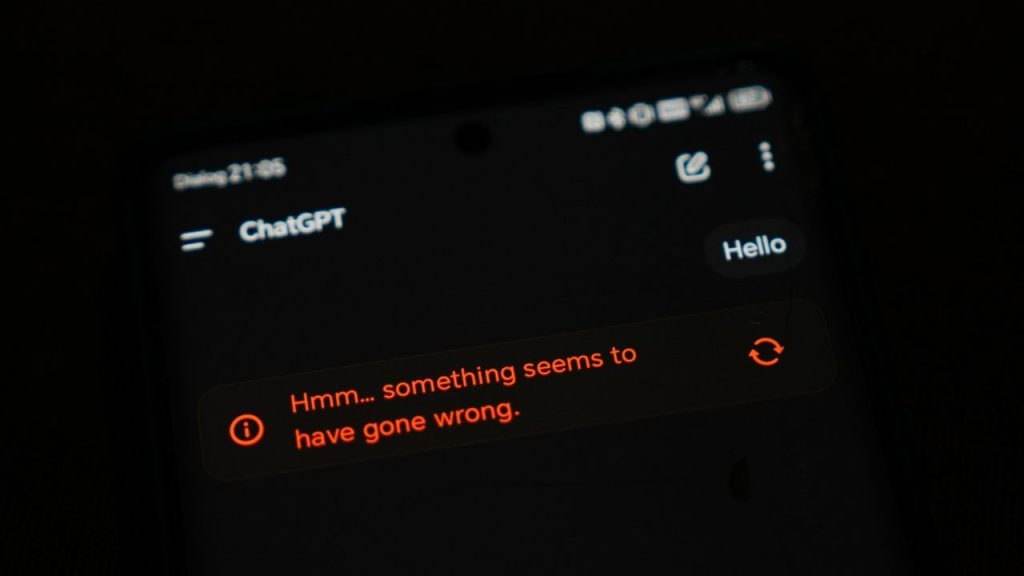The saying goes that if people are talking about a bubble, we’re probably already in one. Right now, people are shouting about an AI bubble – so should we be braced for a crash?
Based on the typical indicators of a looming “correction”, there are certainly reasons to be fearful, said Jon Yeomans in The Times. The most obvious is the very high valuations of AI firms and the speed with which they’ve been reached. Take Nvidia, the chipmaker “at the vanguard of AI”. Up 40% this year, it’s now valued at $4.7 trillion – the GDP of Germany.
Then there is the alarming concentration of risk. The ten biggest US stocks, eight of which are tech, account for about 20% of the global equity market. A third indicator is over-investment: $5 trillion is forecast to be spent on data centres and other AI infrastructure by 2030. A fourth is circular financing: to take one example, Nvidia appears to be funding OpenAI to buy its chips.
We’re reaching a stage where prices are being sustained only by expectations of rising valuations and easy financing, said The Guardian. Startups with no products are raising billions as “capital chases fads”, not earnings. Bubble sceptics stress that valuations are not nearly as high as at the peak of the dotcom bubble. But you can’t not worry, when those sounding the alarm include the likes of Jeff Bezos.
Bezos isn’t entirely gloomy, said Andrew Orlowski in The Daily Telegraph. He says it’s a “good bubble”: there will be losers when it bursts, but it is facilitating the building of the infrastructure needed to enable AI to change the world in the future. And it is true that new tech often stutters before being widely adopted. But there is no law that says this has to be the trajectory.
And for all the hype about AI’s superpowers, some wonder if America’s AI sector will ever command the returns it needs to sustain its huge costs – which include expensive chips with short lifespans. Firms report that 95% of AI projects have not justified their investment; and despite the scary stories about AI gobbling up jobs, there is little evidence that it is doing so. So if the crash comes, how bad will it be? Well, this bubble is said to be 17 times larger than the dotcom one. “No wonder the boosters don’t want the hype to end.”
Stock market ever-more reliant on tech stocks whose value relies on assumptions of continued growth and easy financing
